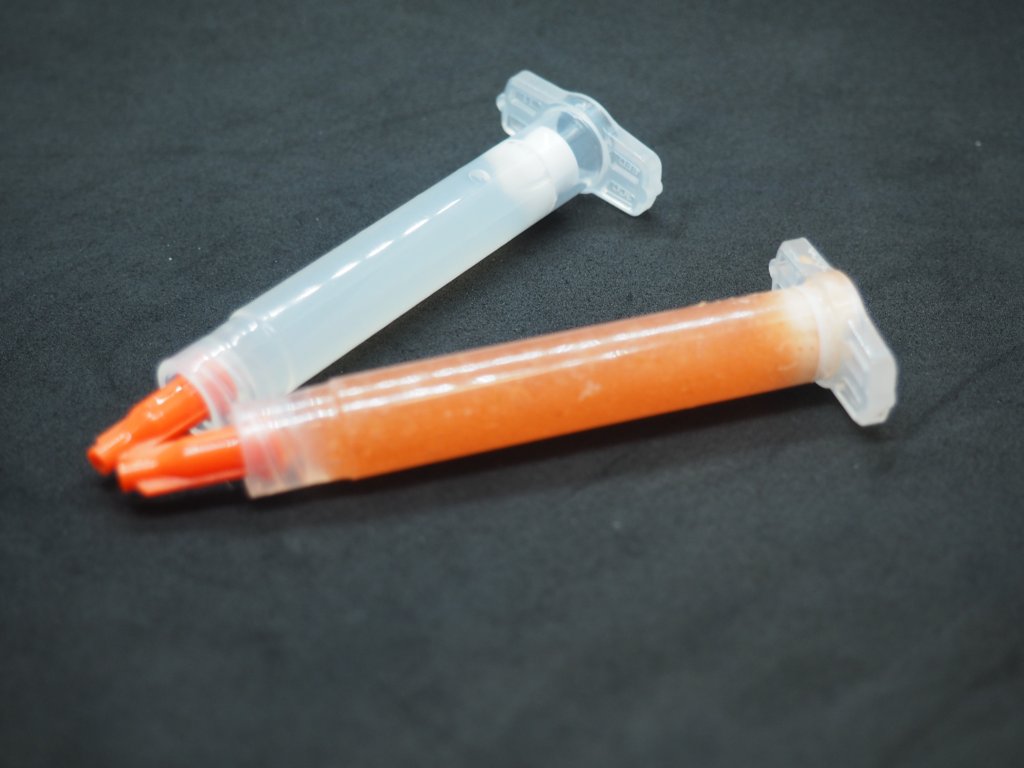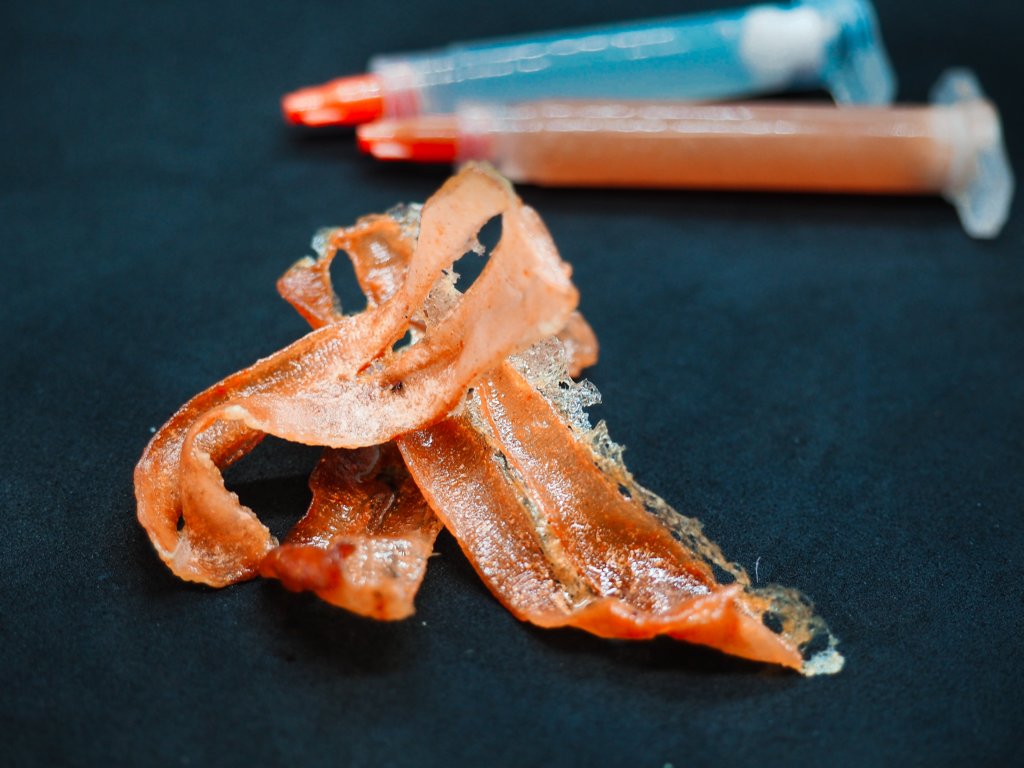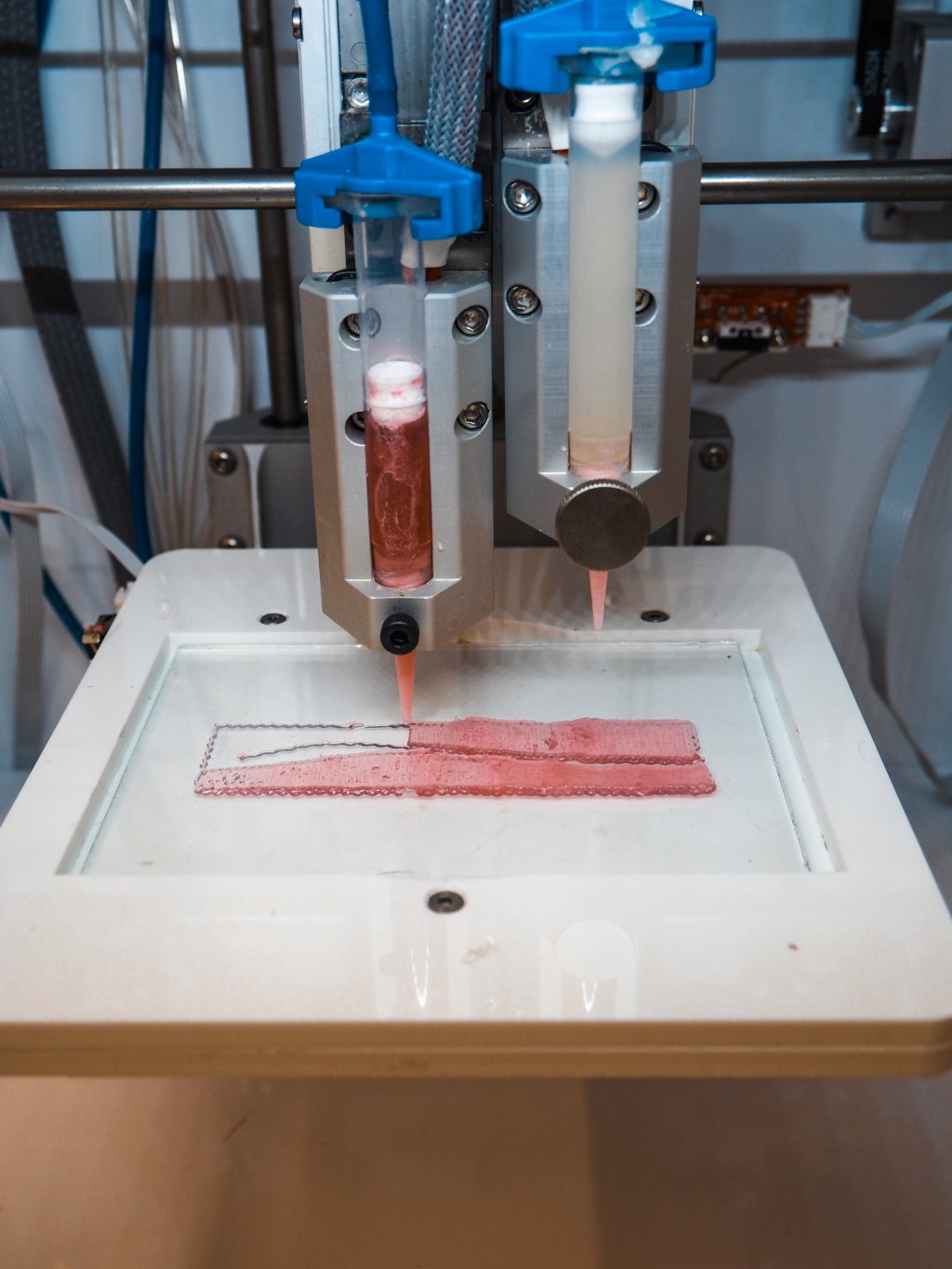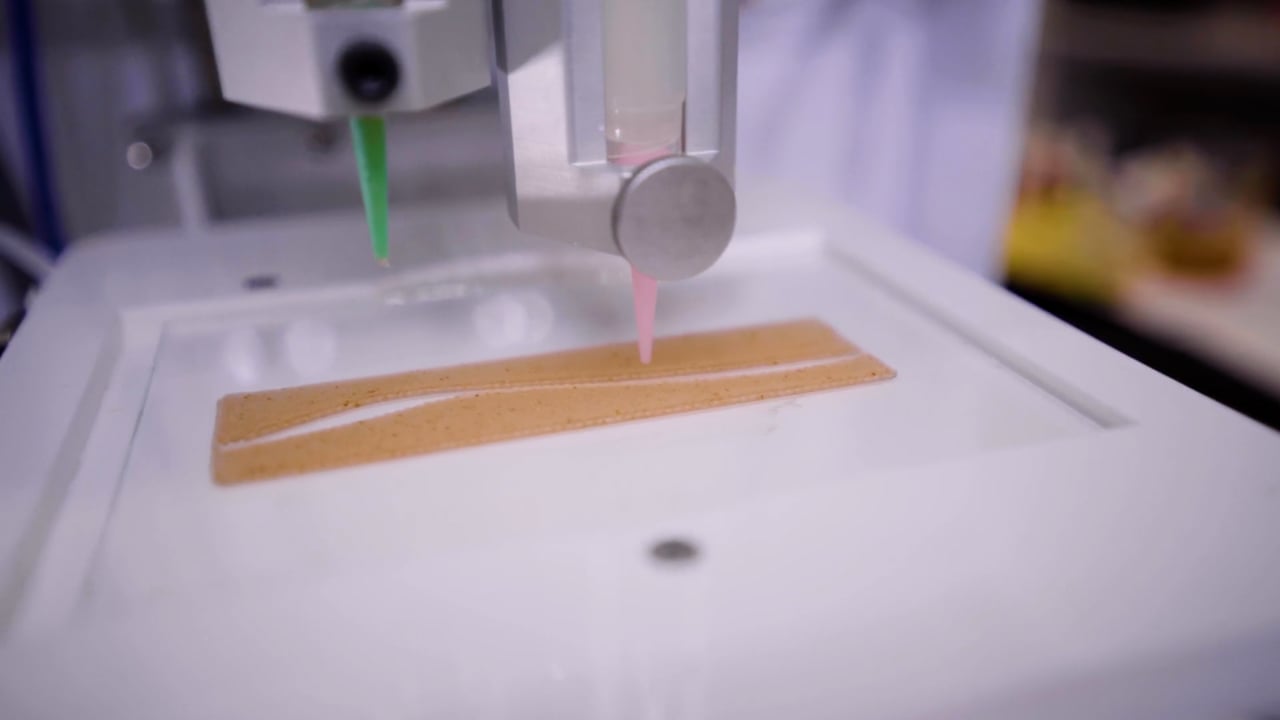The pressures of climate change and a rapidly increasing population are driving conventional agriculture stakeholders to move towards more efficient and sustainable food production. Animal-based products are one of the main contributors to CO2 emissions, therefore there is a call to reduce our consumption of animal products. However, meat has a special place in our diets due to culture, tradition, and its rich gustatory properties, so achieving this move is challenging.
Currently, many meat substitutes are available commercially that provide consumers with meat’s familiar texture and flavour, using alternative ingredients. However, the majority of these give the same cooking sensation, thus the sensorial experience is lost and expectations are not met.
While the taste and texture of meat alternatives are crucial for their acceptance, their preparation also contributes to forming a true taste experience. Physical and chemical changes during food preparation not only affect its texture and flavour but also affect our experiences and expectations. For instance, bacon undergoes various changes and chemical reactions when fried: the fat melts and the muscle contracts. The visual change acts as an indicator that it’s cooked (browned and crisped) and ready to be eaten.
PRINT.FRY.EAT is a research project exploring the potential of using food as smart or stimulus-responsive material to improve currently available meat alternatives. We pre-programmed material (food) response to frying by using a variety of heat-responsive hydrogels and combining them via 3D printing. The final product resembles a bacon strip that curls and shrinks like bacon during frying, with a similar texture and chewy mouthfeel.

Food is a unique design material; we have intimate and personal interactions with it, composed of sensory-rich experiences. When cooking food, we touch it, smell it, taste it, see it changing and forming into a dish. It’s these interactions that form our expectations of the upcoming meal.
To design novel sensory-rich foods from alternative ingredients that meet and go beyond our expectations, designers need to look at food as a dynamic and changing material that constantly responds to environmental changes and our interaction with it.
Remarks
The project was done at South Denmark University (SDU).







